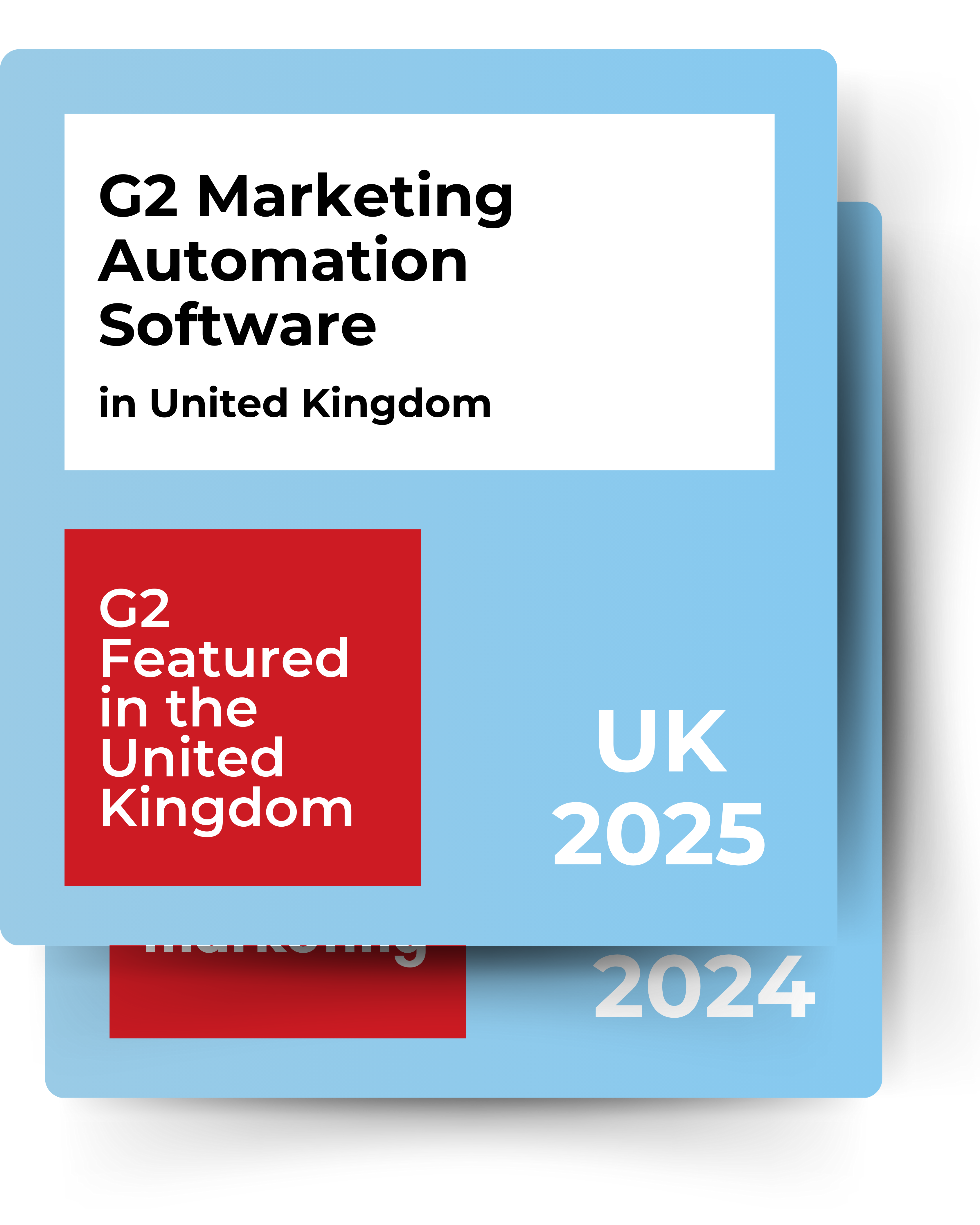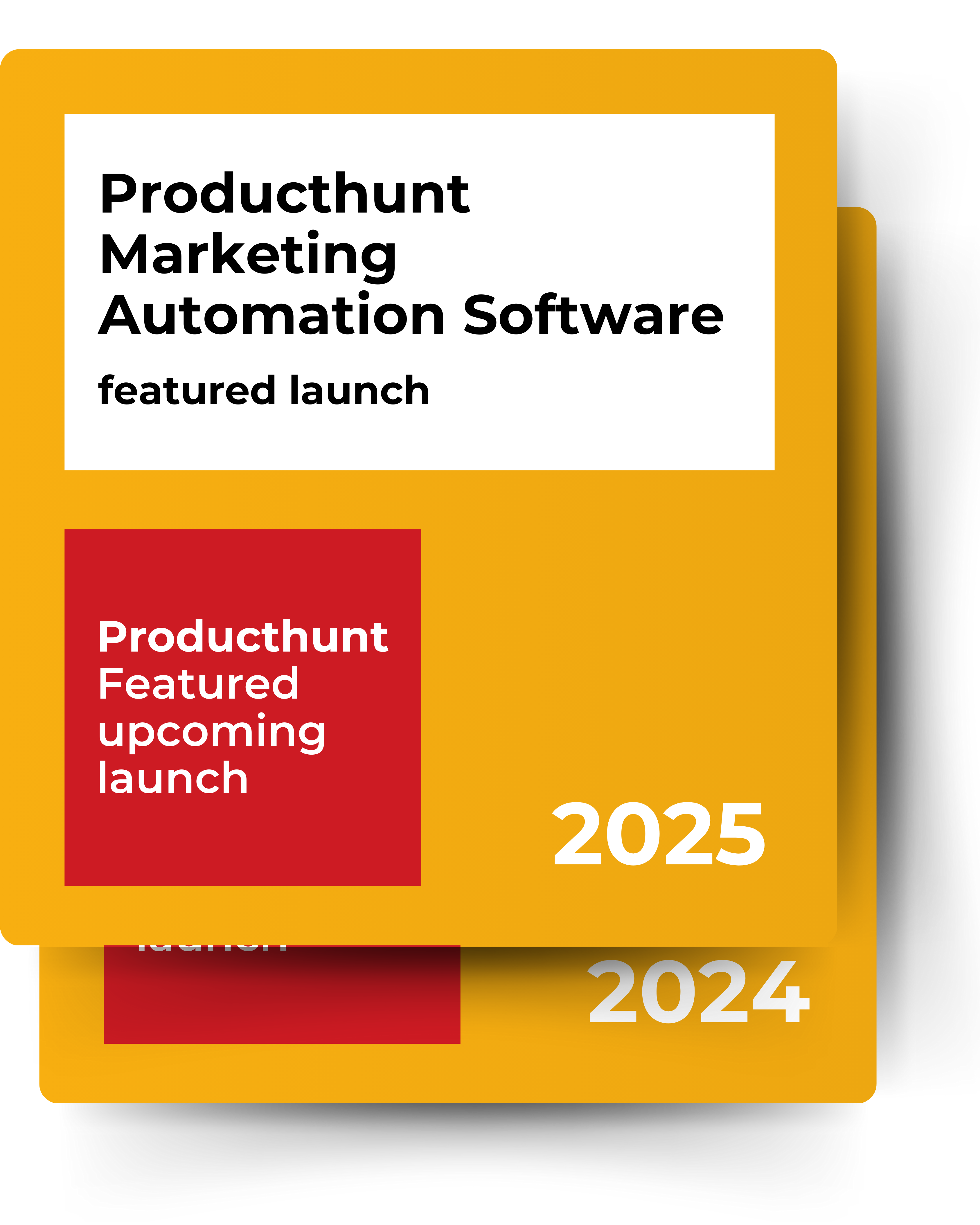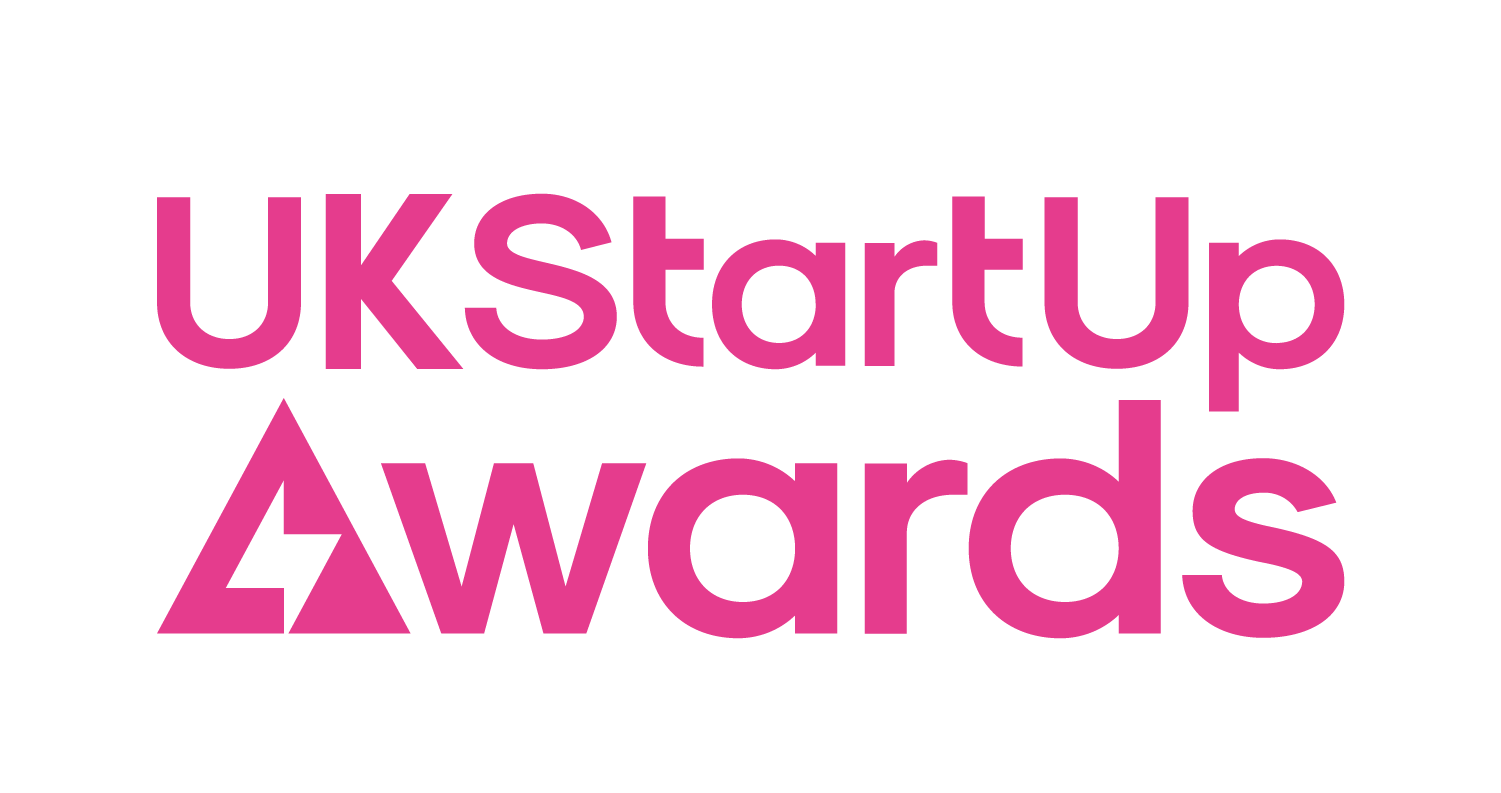You spend hours, maybe even days, creating amazing video content. You hit 'publish,' watch the view count climb, and wait for the magic to happen. But... crickets. If your view counts aren't translating into clicks, leads, and sales, you're not alone. The disconnect between views and value is one of the biggest challenges in video marketing today. The problem often isn't your content; it's the lack of a conversion-focused strategy. By making a few data-driven tweaks, you can transform your videos from passive content into powerful conversion machines. At Leo AI's platform, we help businesses unlock this potential every day by automating the creation of high-performing video assets.
The opportunity is massive. Landing pages with video can increase conversion rates by over 80%, according to a study by (Unbounce). That's not just a small bump; it's a game-changer. This guide will walk you through the exact, actionable strategies you need to optimize your videos, captivate your audience, and, yes, potentially double your conversion rate.
What is Video Conversion Rate (and Why You Should Be Obsessed with It)
Before we dive into the 'how,' let's clarify the 'what.' Your video conversion rate is the percentage of viewers who complete a specific, desired action after watching your video. This action isn't just a purchase (a macro-conversion). It could also be a micro-conversion like signing up for a newsletter, downloading a guide, or booking a demo.
The formula is simple: $$ \text{Conversion Rate} = \left( \frac{\text{Number of Conversions}}{\text{Total Video Plays}} \right) \times 100\% $$ Why obsess over this metric instead of views or likes? Because those are vanity metrics. Conversions are sanity metrics—they directly tie your video marketing efforts to tangible business outcomes. Imagine you're selling a $50 online course. Video A gets 10,000 views and 20 sales ($1000 revenue). Video B gets 2,000 views but 50 sales ($2500 revenue). Video B is the clear winner, despite having 80% fewer views. This is the power of focusing on conversions.
Impact of Video on Landing Page Conversions
Data consistently shows that pages with video content convert significantly better than those without. Video helps build trust, clarify value propositions, and engage users more effectively.
*Data based on industry benchmarks and studies by firms like Unbounce.
Now, let's build your conversion-focused video strategy from the ground up.
Step 1: Master the Art of the Irresistible Call-to-Action (CTA)
Your video can be an Oscar-worthy masterpiece, but without a clear Call-to-Action, it's a dead end. You need to explicitly, confidently, and persuasively tell your viewers what to do next. Don't assume they'll figure it out.
Craft Specific and Compelling CTA Copy
Vague CTAs like "Click Here" or "Learn More" are uninspired and ineffective. Your CTA needs to be direct and highlight the value for the viewer. Frame it from their perspective.
- Instead of: Learn More → Try: Get Your Free Marketing Plan
- Instead of: Sign Up → Try: Start My 14-Day Free Trial
- Instead of: Buy Now → Try: Claim My 20% Discount
Using words like "My" or "Your" makes the offer feel more personal. A/B test your CTA copy relentlessly; a single word change can lift conversions significantly.
Place Your CTA Strategically
The end of your video isn't the only place for a CTA. In fact, many viewers drop off before the final seconds. This is one of the most common video mistakes marketers make—saving the most important part for last. Consider placing CTAs at points of peak engagement. Use platform features like YouTube's interactive cards and end screens to create clickable, persistent CTAs that viewers can't miss. A verbal CTA in the middle of the video can also act as a powerful "pattern interrupt" to re-engage a viewer whose attention is waning.
Step 2: Hook Viewers in the First 3 Seconds (Before They Scroll Away)
In the world of infinite scrolling, you have about three seconds to capture a viewer's attention. The first few moments of your video—the hook—are the most critical real estate you have. Your hook must immediately and aggressively answer the viewer's unspoken question: "What's in it for me?"
The Anatomy of a Killer Hook
Forget long, branded intros and slow pans. Dive straight into the value. Here are some proven formulas:
- The Empathy Hook: "I know how frustrating it is when your videos get thousands of views but zero leads. Here's how to fix it."
- The Curiosity Hook: "There are five reasons your videos aren't converting, but the fifth one is costing you thousands."
- The Provocative Question: "Are you tired of wasting your marketing budget on videos that don't deliver ROI?"
- The Visual Hook: Start with the most visually interesting, dynamic, or surprising part of your video. Show the "after" before the "before."
Your Hook Starts Before the Video Plays
Remember, your hook actually begins with your thumbnail and title. They act as the "pre-hook," making the initial promise to the viewer. A great thumbnail creates curiosity, and a compelling title clearly states the video's value proposition. The first three seconds of your video must then immediately validate the promise made by the thumbnail and title, or you'll lose the viewer's trust and their click.
Ready to Create High-Converting Videos, Instantly?
Leo AI analyzes your content and automatically generates dozens of clips optimized for engagement and conversion. No more guesswork.
Start Free Trial Book Office HoursStep 3: Scale Your Strategy with Smart Repurposing
Not every viewer is at the same stage of the buyer's journey. A top-of-funnel prospect needs educational content, while a bottom-of-funnel lead needs a product demo. Creating unique videos for every scenario is impossible. The solution? Smart repurposing.
Think of your long-form content (webinars, customer interviews, podcasts) as a content "pillar." From this one pillar, you can mine dozens of smaller, targeted clips. Manually scrubbing through a one-hour webinar to find 15 shareable moments can take an entire day. An AI tool can do this in minutes, identifying moments with the highest engagement potential.
Platform-Specific Repurposing Examples:
- LinkedIn: A 60-second clip from a webinar explaining a data-driven insight, presented with a bold text overlay.
- Instagram/TikTok: A fast-paced, 15-second clip showing a cool product feature, set to trending audio.
- Website/Pricing Page: A 30-second customer quote from an interview becomes a powerful social proof element.
- YouTube Shorts: A vertical, loopable clip that delivers a single, impactful tip.
This approach allows you to scale your video output by 10x without recording new footage, ensuring you always have the right message for the right person at the right time.
Step 4: Use AI to Analyze, Iterate, and Automate Your Way to Success
The key to truly doubling your conversion rate lies in a continuous cycle of analysis and iteration. You need to understand what's working, what's not, and why. This is where AI becomes a marketer's superpower.
Go Beyond Surface-Level Metrics
Dive deep into your analytics. Look at your Audience Retention graphs on YouTube. A sudden dip indicates a boring section. An upward bump shows a highly engaging part that people might be re-watching—this is a perfect candidate for a standalone clip! Track your Click-Through Rate (CTR) on every CTA to see which copy and placement performs best.
Create a Growth Flywheel
This process creates a positive feedback loop. When you use AI to analyze your best content and create new clips from it, you're essentially feeding the algorithm what it already likes. Better clips lead to higher engagement, which leads to broader reach, which gives you more data to analyze for the next round of clips. This creates a powerful **growth flywheel** for your brand.
Platforms like Leo AI automate this entire process. Our system analyzes your video's engagement data to identify the most compelling moments, automatically generating short clips that are statistically more likely to perform well. It helps you A/B test thumbnails, titles, and descriptions, taking the guesswork out of optimization and putting your video marketing on autopilot.




